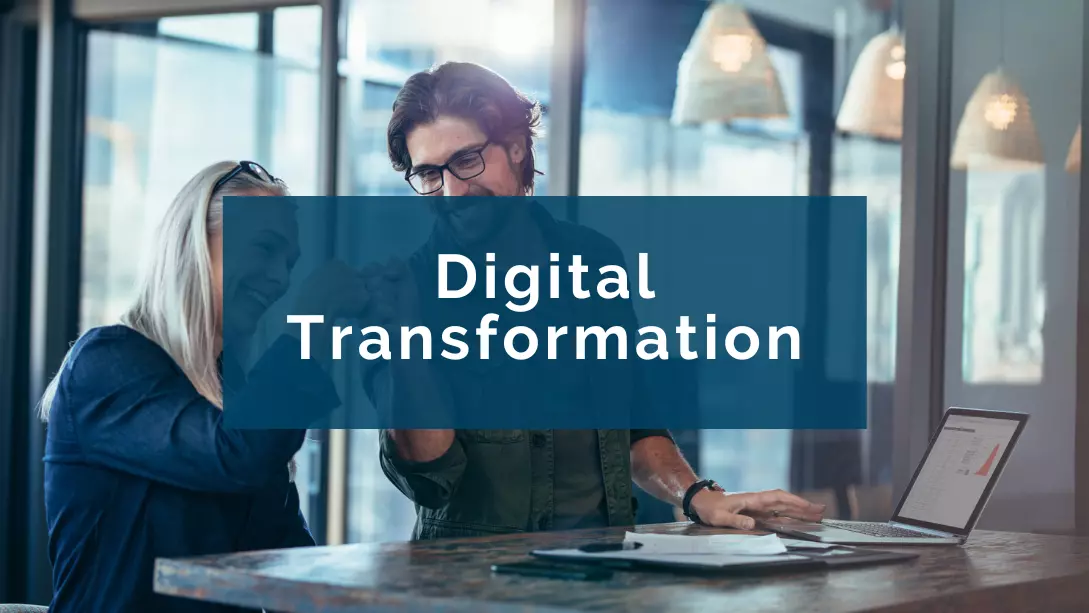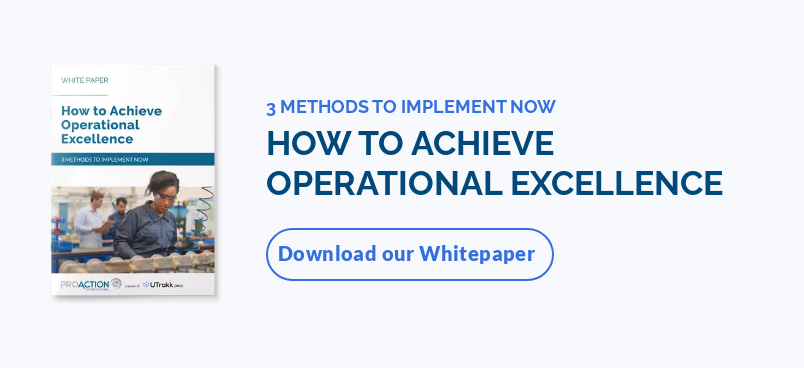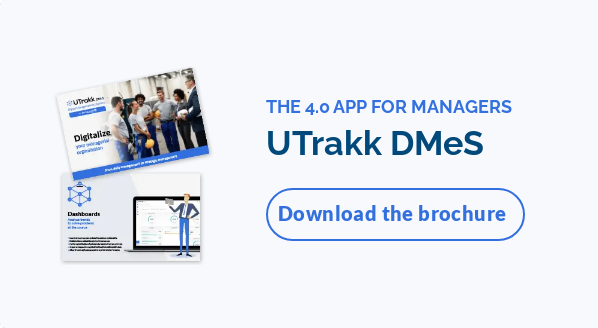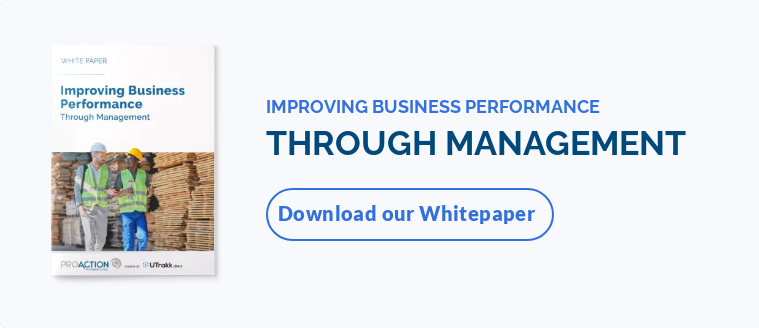The keys to success for teaching technology to older generations
My team and I are always on the lookout for the best approaches and techniques for the groups and individuals we work with to implement UTrakk technology. In recent years, I ve observed that certain elements have much more of an impact on the adoption of our solution and its effect on our clients performance.
So here are 8 key components to help an older person or group of people successfully learn digital transformation technologies:
1. Take the time to lay the groundwork

Even before addressing the issue of technology and the way we use it, the first step is to ensure that the individual or group holds a mindset conducive to change and learning.
A change management awareness session is always a good idea – regardless of the target audience – but representatives of the older generations will particularly appreciate this step.
2. What is it? What s in it for me?
When planning the presentation of a new technology to a group, you might be tempted to discuss the broad concept, the overall benefits, and then the connection between the features. It s a practical way to go about it after all.
The intention is commendable and as an approach, this may work very well with some groups, especially younger ones. With an older audience, on the other hand, there is a risk of creating some skepticism and confusion by doing so.
- First, because they have seen revolutionary tools come and go before..
- Also, because they may have trouble conceptualizing the overall picture if you include too many elements that are abstract to them.
And of course, they don t want extra tasks to be imposed on them. If they are going to use a new tool, it must have an added value – one that is clear and concrete. The What s in it for me approach can help them understand what the tool will change (and improve) in their daily lives.
3. Forget about theory: focus on application
We try to keep everything pleasant, playful, and simple. It s mainly about taking time, preferably individually, to ask questions and fully understand the person s reality.
By asking them what they do, step by step, during a normal day, we can identify concrete and specific examples of events and tasks. By isolating the moments and tasks for which the technology is useful, we focus on specific ways that one would use it, and then proceed to learn in a very applied manner.
For example, if one of the first steps for the manager s upcoming day is to attend a monthly health and safety committee meeting, I can show them how to view their ritual s agenda and history.

4. Coaches must adapt their vocabulary
Were you taken aback by the word ritual in my last sentence? This word is part of the UTrakk and Proaction International everyday vocabulary and I use it every day with my colleagues, but 99.9% of the people I meet in companies have never heard the word used in this context.
It s up to me to adapt my language to their company s language rather than adding an extra layer of learning to the training.
Thus, rather than including an action to his ritual , I ask him to place a work order (or a WO) during his health and safety meeting.
5. Practice makes perfect
To facilitate integration, you have to put the tool in their hands and have them manipulate it themselves a number of times. Every maneuver must become easy.
Let s not forget that we are dealing with busy people. To respect their busy schedules and make sure we don t overload the sessions – so as not to exceed their absorption limit – we prefer 30-minute workshops over lectures lasting one and a half hours. Quickly and efficiently.
We can simply increase the number of meetings to ensure the firm integration of the last session and continue with the next step and integrate the next challenge.
6. Celebrate every victory
Since this approach is based on many small, specific advances, we must take care to highlight each of them to keep up participants enthusiasm as well as the overall rhythm. Every bit of mastery over the new tool, no matter how small, is a real victory that should be celebrated for what it is.

It should be noted, however, that we must adapt to the person with whom we are working to find the right way to give them the credit that they deserve without being condescending or infantilizing them. The watchword for this: genuineness. Plain and simple.
7. Provide guidelines and references
At the end of each session or even a series of sessions, such as a learning module, providing documentation for participants is far from being a simple nicety.
During the workshop, while I am with the person and we have just repeated the same actions a few times, everything seems simple. But once the person is alone at their desk, the steps tend to blend together and suddenly nothing makes sense anymore.
This is when the danger of abandoning the tool altogether is greatest. A very real user once told me: I didn t do my floor tour, because I couldn t remember how to log in. Even what seems obvious is worth noting in a checklist. It s simple and so effective.
8. Patience is key
The main key to success in this situation is patience. Here are some phrases that I like to repeat to encourage and motivate learners:
- One thing at a time.
- Let s take this at your pace.
- I ll show you what you ll be using on a daily basis.
- Tell me the elements you would like to follow on a daily basis and we ll see how we can integrate it into the tool.
It s really about adapting to the person and focusing on their priorities to achieve a shared success.
Yes, it s worth it
If some are wondering whether it is really worth investing so much time and effort to implement a new technology tool with an aging workforce, the answer is: absolutely yes.
First, because with the right mindset and enough patience on both sides, anyone can learn and become very effective with a technological tool. The journey can be long and arduous, but an open-minded and positive attitude makes all the difference.
Secondly, I must also make it clear that not all older people in business are starting from scratch. The more technology is ingrained in their lives, the easier it will be to integrate a new tool.
In the end, it s also worth it because once everything is integrated, they realize that they are still perfectly capable of learning – knowing that they won t be left behind – and that they are still a member of the team and the company, with all the references and inside jokes that come with it.
Finally, they are now able to combine their wealth of experience with digital tools, making them even more valuable as a source of knowledge and expertise. It s good for them and for the company: everybody wins.











